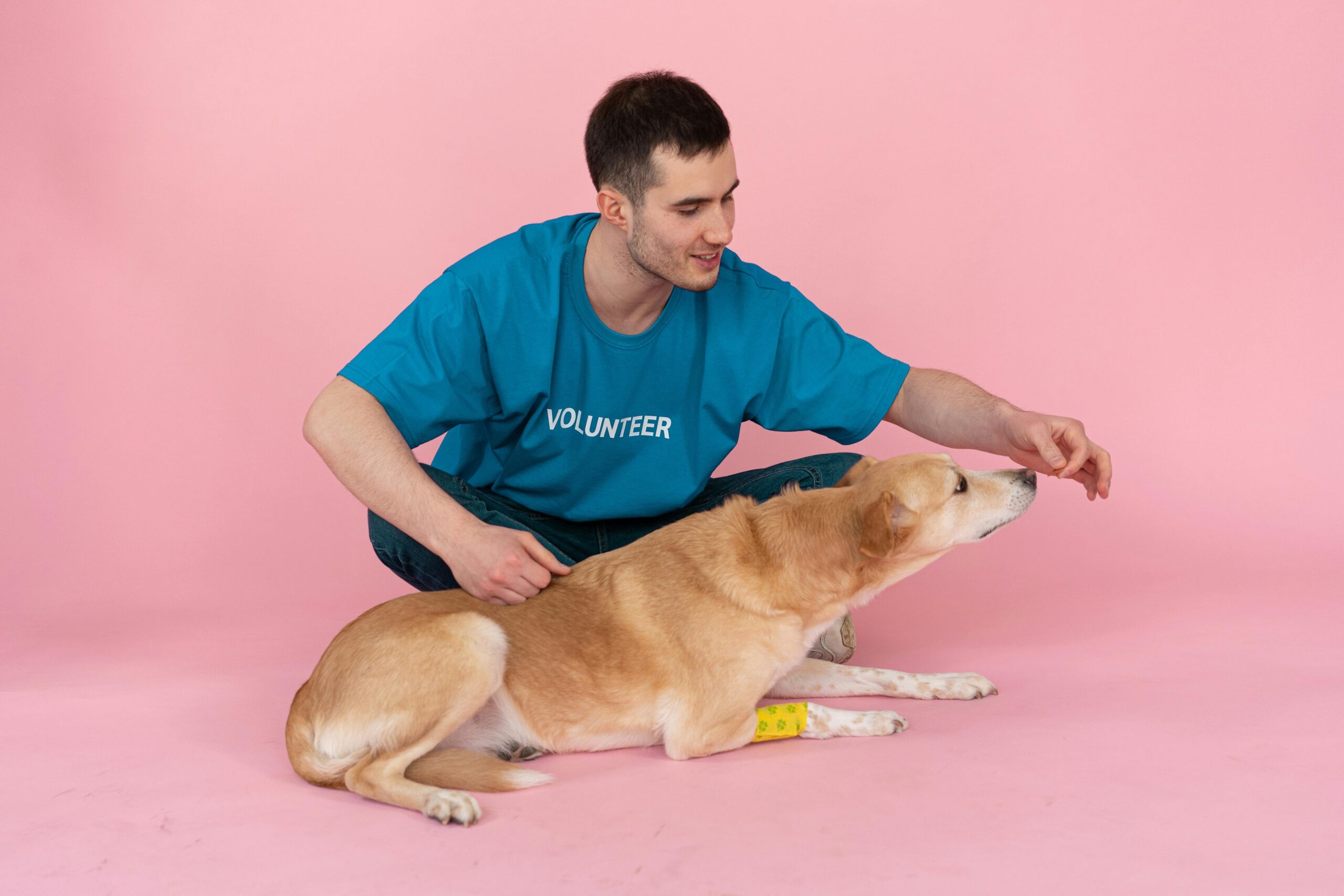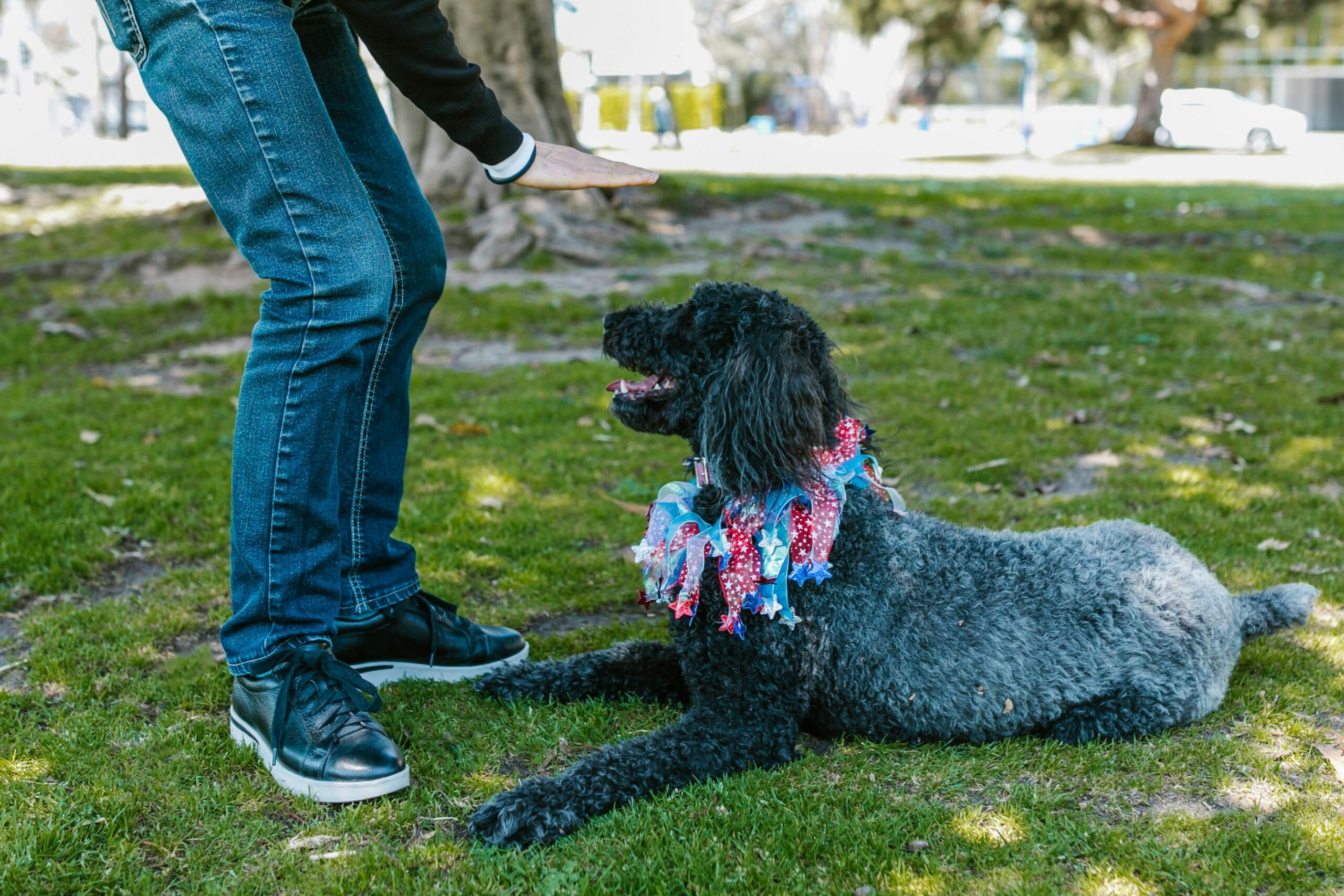Have you ever felt overwhelmed trying to train your emotional support dog only to have them ignore your every command? You’re not alone. Many pet parents struggle with teaching their dogs basic obedience commands, but it doesn’t have to be this way. With the right approach and a sprinkle of patience, you can turn that chaos into calm.
If you’re here, you’re probably looking for actionable advice on training your emotional support dog. This post will walk you through everything from understanding the importance of basic obedience commands to step-by-step methods and insider tips. Let’s make your bond as flawless as your dog’s “sit” command!
Table of Contents
- Key Takeaways
- Why Training Emotional Support Dogs is Crucial
- Step-by-Step Guide to Teaching Basic Obedience Commands
- Top Tips for Successful Training Sessions
- Real-Life Success Stories of Well-Trained Support Dogs
- Frequently Asked Questions About Training
- Conclusion: Keep Calm and Train On
Key Takeaways
- Basic obedience commands form the foundation of a well-behaved emotional support dog.
- Patient repetition and positive reinforcement are key to success.
- Avoid outdated punishment-based techniques—they don’t work and damage trust.
- Start small; focus on one command at a time for better results.
- Consistency builds confidence in both you and your furry friend.
Why Training Emotional Support Dogs is Crucial

Ever tried to comfort someone during an anxiety attack while your dog is barking uncontrollably? It’s no picnic, right? That’s why mastering basic obedience commands is non-negotiable when raising an emotional support dog. These dogs aren’t just pets—they’re partners in mental health management.
Inadequate training can lead to embarrassing (and stressful) situations, like your dog lunging at strangers or ignoring your instructions in public spaces. The good news? Properly trained dogs enhance their therapeutic role by being predictable, reliable, and—most importantly—calming companions.
Step-by-Step Guide to Teaching Basic Obedience Commands
Step 1: Sit
This classic command is the gateway drug to all things obedient in dogdom. Here’s how:
- Hold a treat close to your dog’s nose.
- Slowly move the treat upward so their head follows it, causing their bottom to lower naturally.
- As soon as they sit, say “Sit,” give the treat, and praise enthusiastically.

Step 2: Stay
Optimist You: *“Your pup will master this command in no time!”*
Grumpy You: *“Ugh, fine—but only if coffee’s involved.”*
- Ask your dog to sit first.
- Hold your palm out in front of their face and firmly say, “Stay.”
- Take a few steps back. If they stay put, reward immediately.
- Gradually increase the distance over multiple sessions.
Step 3: Come
The ultimate recall trick. Start indoors where distractions are minimal:
- Kneel down, open your arms wide, and enthusiastically call your dog’s name followed by “Come.”
- When they reach you, shower them with love and treats.
- Practice outside once they’ve got the hang of it.
Top Tips for Successful Training Sessions
- Set realistic expectations: Don’t expect overnight miracles.
- Keep sessions short: Aim for 5-10 minutes max to avoid burnout.
- Use high-value rewards: Treats should be irresistible—think chicken bits, not kibble.
- Be consistent: Use the same cue words every single time.
- Rant Alert: Stop using shock collars or harsh punishments. They destroy trust faster than you can say “bad idea.”
Real-Life Success Stories of Well-Trained Support Dogs
Sarah’s story might inspire you. Her Labrador mix, Max, used to panic whenever she had an anxiety episode. After weeks of diligent training on basic obedience commands—especially “Stay” and “Come”—Max now calmly sits beside her, offering quiet support without fail. Sarah swears, “Training saved both our lives.”
Sound familiar? Could your dog become THAT hero?
Frequently Asked Questions About Emotional Support Dog Training
How long does it take to teach basic obedience commands?
Most dogs learn foundational commands within a few weeks if practiced daily. However, stubborn breeds may test your patience—it’s just who they are.
What happens if my dog refuses to listen?
Double-check your methodology. Are you rewarding fast enough? Are there too many distractions around? Adjust accordingly before throwing in the towel.
Can older dogs learn new tricks?
Absolutely! While younger pups adapt quicker, older dogs benefit greatly from structured learning—it keeps their minds sharp and bodies active.
Conclusion: Keep Calm and Train On
Teaching your emotional support dog basic obedience commands doesn’t need to feel impossible. With persistence, positivity, and perhaps a dash of humor along the way, you’ll foster a partnership built on mutual respect and trust. As promised earlier:
Paw meets heart, Chaos turns cart. Doggy smiles bright— Training gets smart!
Like a Tamagotchi, your SEO needs daily care—and so does your dog’s training routine. Get started today!


